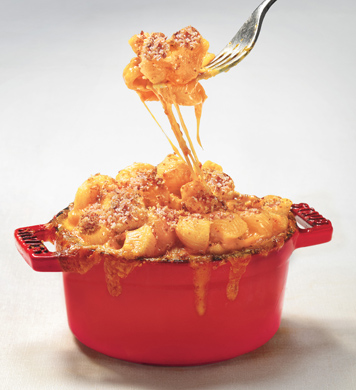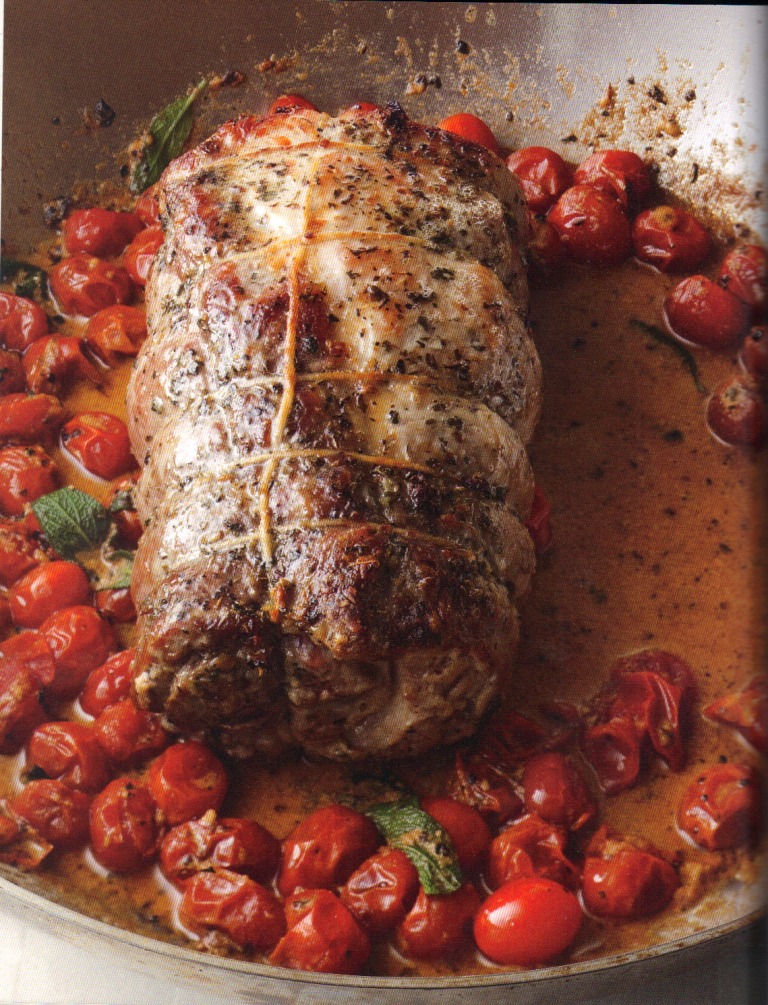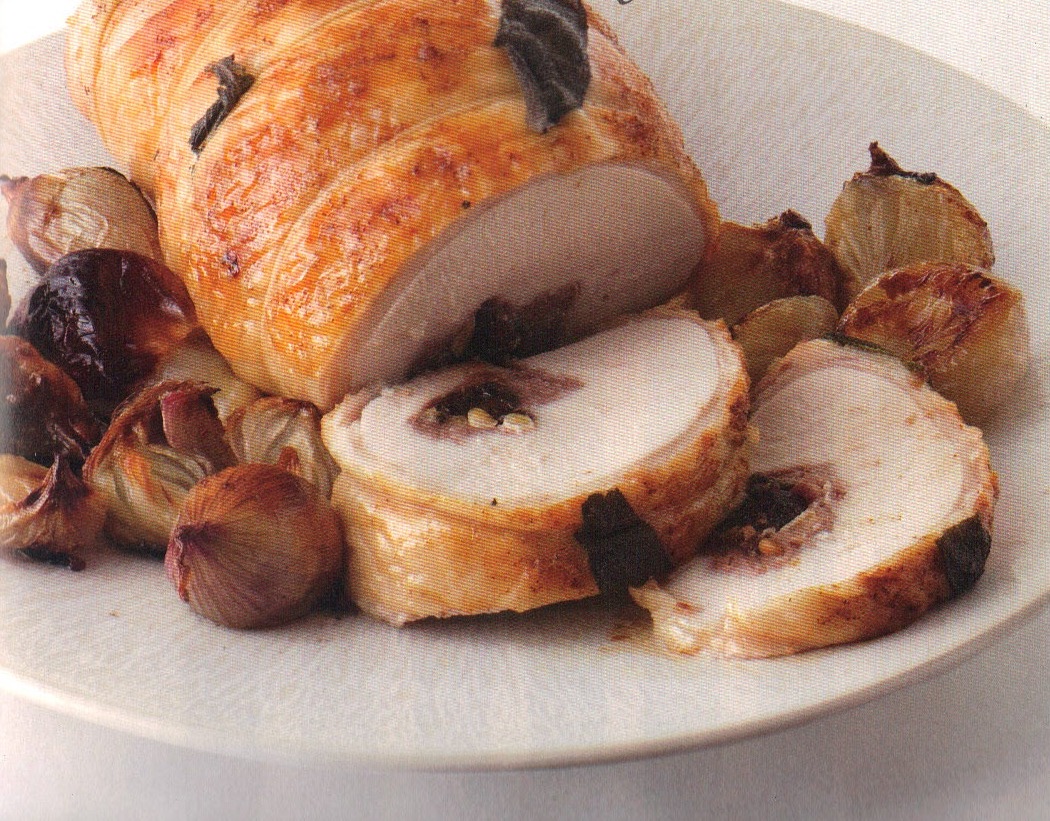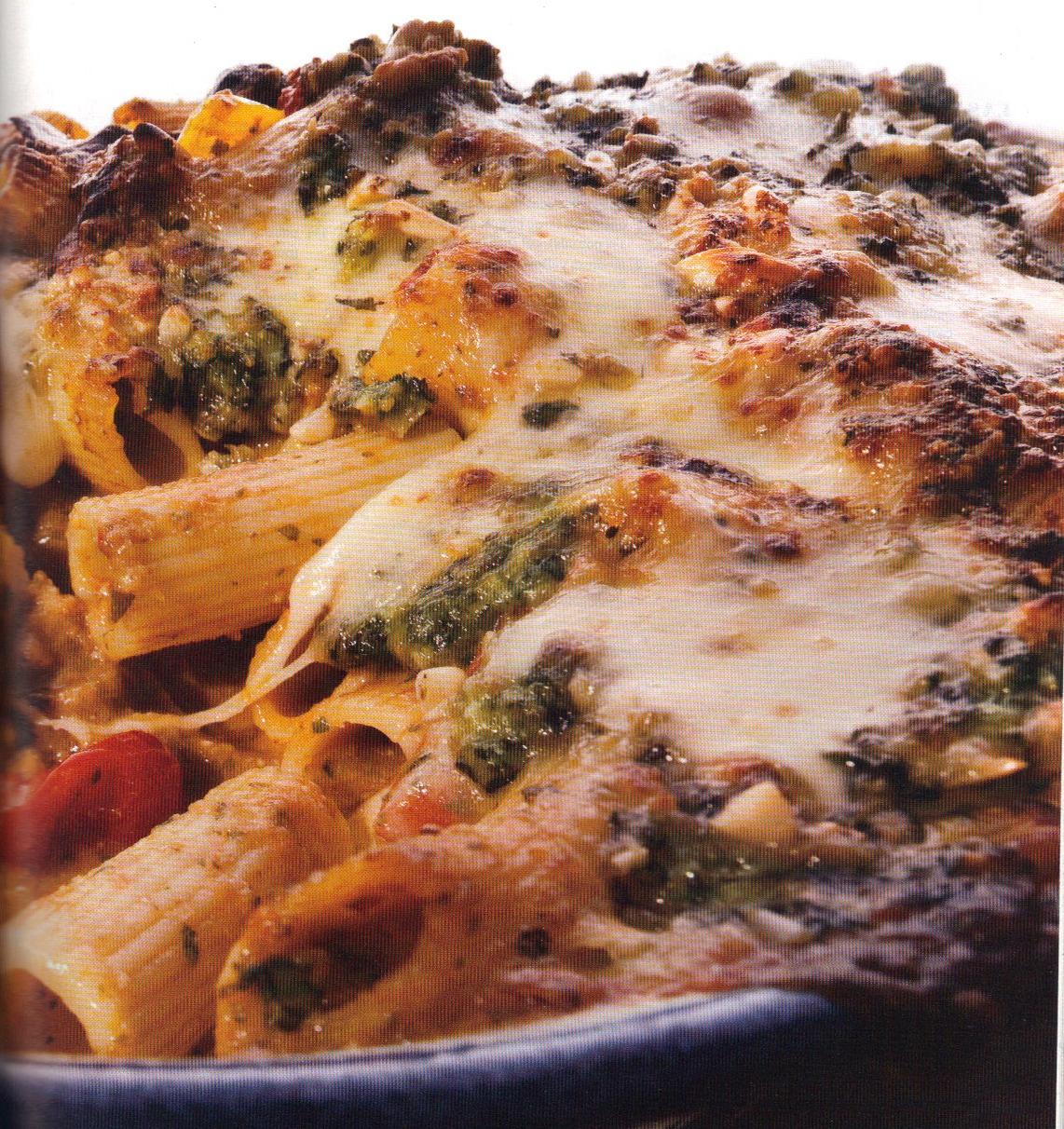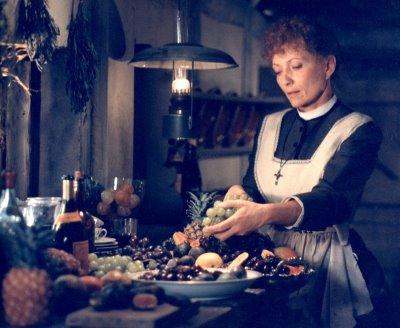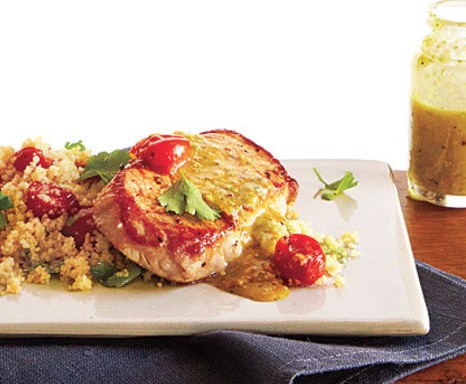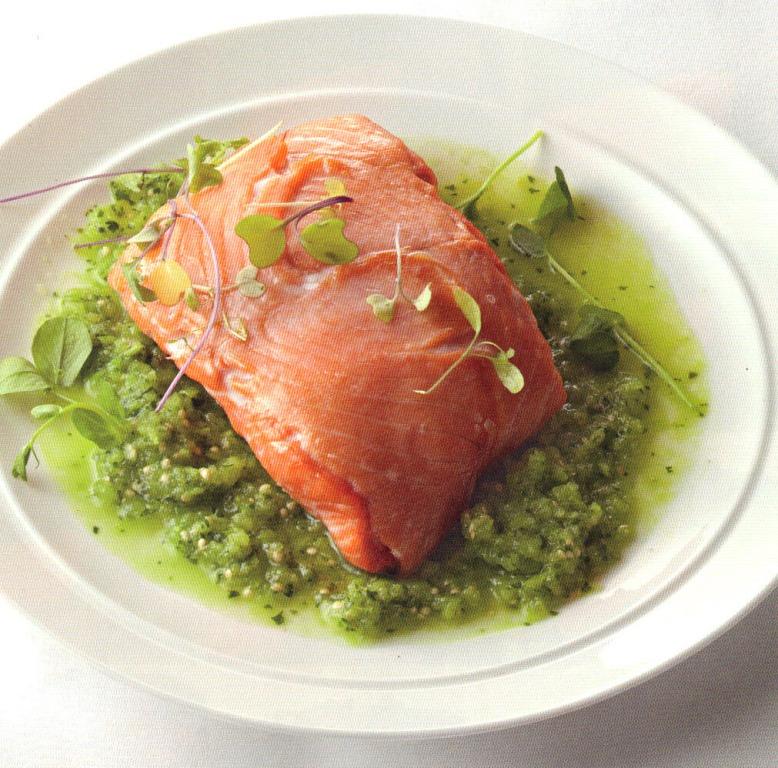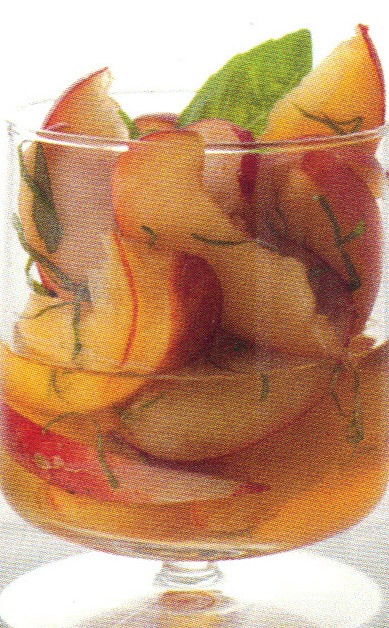 November 7 through 13, 2011
Jack o' Lantern leftovers! We never got to carve our pumpkin this Halloween and so a faceless orb has been staring at me for the last two weeks. Small to medium in size, about 3 pounds, including a long graceful stem -- I vowed to treat it with respect and serve it forth for dinner. A radically simple recipe ensued: Cut a 3 pound, very round pumpkin in quarters. Place in a small paella pan or baking dish, upside down (the seeds and membrane are easier to remove after it's cooked.) Place 1 inch of water in pan and bake at 400 degrees until soft, about 45 minutes. Turn over, cover and bake until very tender. Remove seeds and membranes. Drizzle with good olive oil and a liberal sprinkling of ras el hanout (a Moroccan spice blend) and kosher salt. Drain water; place pumpkin in pan and bake until slightly caramelized. See my recipe for Calabaza Soup with Celery & Crispy Sage (below) -- just in case you, too, have a leftover pumpkin.
November 7 through 13, 2011
Jack o' Lantern leftovers! We never got to carve our pumpkin this Halloween and so a faceless orb has been staring at me for the last two weeks. Small to medium in size, about 3 pounds, including a long graceful stem -- I vowed to treat it with respect and serve it forth for dinner. A radically simple recipe ensued: Cut a 3 pound, very round pumpkin in quarters. Place in a small paella pan or baking dish, upside down (the seeds and membrane are easier to remove after it's cooked.) Place 1 inch of water in pan and bake at 400 degrees until soft, about 45 minutes. Turn over, cover and bake until very tender. Remove seeds and membranes. Drizzle with good olive oil and a liberal sprinkling of ras el hanout (a Moroccan spice blend) and kosher salt. Drain water; place pumpkin in pan and bake until slightly caramelized. See my recipe for Calabaza Soup with Celery & Crispy Sage (below) -- just in case you, too, have a leftover pumpkin.
The sweet aromatics of ras el hanout (available in Middle Eastern markets and spice shops) are intoxicating. Meaning "top of the shop" in Arabic, each mixture is unique but generally combines more than one dozen spices (and sometimes up to 100!). The predominant perfume comes from cardamom, clove, cinnamon, chili, coriander, cumin, nutmeg, and turmeric. It is wonderful rubbed on lamb or chicken or simply sprinkled on tomato soup to take it in an exotic direction. It lent a playful aroma, and taste, to the nutty quality of the pumpkin. It is a spice mixture that has a definitive place in my pantry and in my heart.
Perhaps as I get older, I covet reservations at my friends' tables, even more than at the newest restaurant. And so, last night, we were lucky enough to be invited to the home of Jerry Adler and Beth Lebowitz. They are the perfect couple in many remarkable ways and also in the kitchen where Jerry is cook to Beth's pastry chef. This amazing meal began with homemade ricotta gnocchi -- I was knocked out by their lightness -- with a heady sauce of porcini, prosciutto and tomato paste (also homemade!). It was followed by a luscious pork shoulder (baked for 18 hours and inspired, perhaps, by a recipe in Radically Simple); tiny roasted brussels sprouts, lovely carrots with capers, and golden, crispy roasted potatoes. A voluptuous onion sauce accompanied the pork which was already generously flavored with coriander seed and garlic. The skin on top of the pork got so crispy that we shared it like a peace pipe and nodded with the crunching brittle sounds of happiness. A wonderful pear clafouti and good strong coffee followed. A brisk, and needed, walk home. Jerry is a crackerjack journalist: Check out his story on heirloom grains in an upcoming article in Smithsonian, and his previous piece on scientist/chef Myhrvold.
This week's most extraordinary food experience, however, took place at the James Beard House during "A Dinner to Remember." No doubt, I will remember it, and Jerry's ricotta gnocchi, for a long, long time.
You might want to start your own "week of tastes" with the following almost-winter soup:

Pumpkin Soup with Celery & Crispy Sage
This soup, adapted from Radically Simple, has an air of the West Indies about it, with its earthy flavors of ginger, scotch bonnet, pepper, celery, thyme and sage (often found in "jerk" recipes.) Butternut or calabaza squash can be substituted for the pumpkin.
3-1/2 pound piece of pumpkin
6 tablespoons olive oil
2 cups finely chopped onions
1 cup finely chopped celery, plus leaves for garnish
2 tablespoons finely chopped peeled fresh ginger
1/2 small scotch bonnet pepper, finely minced
1 teaspoon dried thyme leaves
20 medium-large fresh sage leaves
1 tablespoon dark brown sugar
Preheat the oven to 400 degrees. Remove seeds and membrane from pumpkin. Place in a roasting pan. Drizzle with 1 tablespoon of the oil. Pour 1 inch water into the pan and bake 1-1/2 hours until very soft. Scoop out the flesh. Heat 3 tablespoons of the oil in a 4-quart pot. Add the onions, celery, ginger, minced pepper, thyme, 2 sage leaves, and 1 teaspoon salt. Cook 15 minutes over medium heat. Add the sugar and 4 cups water. Bring to a boil, reduce the heat, and add the squash. Cover and cook 15 minutes. In batches, puree the soup in a food processor until very smooth. Fry the remaining sage leaves in a small pan in 2 tablespoons hot oil until crispy. Drain on paper towels and sprinkle with salt. Serve the soup hot with the fried sage leaves and celery leaves. Serves 6
 I hope you have been enjoying watching the Olympics as much as I have. I've found myself wanting to indulge in a few hearty Russian classics, but how about a new-fashioned Veal Steaks "Stroganoff?" Priyatnogo appetita!
Veal Steaks “Stroganoff” with Shiitakes & Portobellos
(Radically Simple, Rodale, 2010)
I hope you have been enjoying watching the Olympics as much as I have. I've found myself wanting to indulge in a few hearty Russian classics, but how about a new-fashioned Veal Steaks "Stroganoff?" Priyatnogo appetita!
Veal Steaks “Stroganoff” with Shiitakes & Portobellos
(Radically Simple, Rodale, 2010)
